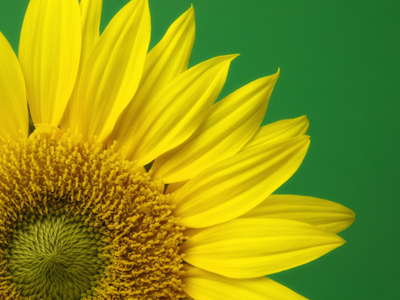
Ask the AI Tutor
Need help with Cells 01? Ask our AI Tutor!
AI Tutor - Lucy
Connecting with Tutor...
Please wait while we establish connection

Which part of a plant cell absorbs energy from the Sun?
Cells 01
Cells are the basic units of life. In KS3 Science, pupils explore how cells work, their structures, and why they are vital for all living things.
1 .
Which of the following is NOT present in an animal cell?
Cell membrane
Cell wall
Cytoplasm
Nucleus
A cell wall is made from cellulose
2 .
Which part of the cell passes on information to new cells?
Cell wall
Cytoplasm
Nucleus
Vacuole
The nucleus contains DNA (deoxyribonucleicacid)
3 .
Which part of a plant cell absorbs energy from the Sun?
Cell membrane
Cell wall
Chloroplast
Cytoplasm
Chloroplasts contain chlorophyll
4 .
Which gas in the air is absorbed by plants?
Carbon dioxide
Nitrogen
Oxygen
Sulfur dioxide
This gas enters plants through tiny pores on the underside of their leaves. The pores are created by a pair of guard cells
5 .
What is the function (job) of red blood cells?
To transport glucose
To transport minerals
To transport oxygen
To transport water
All cells require oxygen to release energy
6 .
What is a feature of a ciliated cell?
Contains haemoglobin
Has a tail
Has branches at the end
Has hairs
The cells lining your windpipe have special cilia that move backwards and forwards to sweep dirt and mucus from the lungs
7 .
Which of the following does NOT contain a nucleus?
Neuron cells
Red blood cells
Root hair cells
Sperm cells
They are red because they contain a protein called haemoglobin which carries oxygen round the body
8 .
Which of the following is involved in reproduction?
Neuron cells
Red blood cells
Root hair cells
Sperm cells
These have a 'tail' that allows them to swim towards an ovum (egg)
9 .
Which of the following receives, carries and passes on electrical impulses?
Muscle cells
Neuron cells
Red blood cells
White blood cells
Research has discovered that we have almost as many neuron cells in our brain as there are stars in our galaxy!
10 .
Which of the following cells are involved in nutrition?
Neuron cells
Red blood cells
Root hair cells
Sperm cells
These absorb water containing the nutrients a plant needs from the soil
**Unlimited Quizzes Await You! 🚀**
Hey there, quiz champ! 🌟 You've already tackled today's free questions.
Ready for more?
Ready for more?
🔓 Unlock UNLIMITED Quizzes and challenge yourself every day. But that's
not all...
not all...
🔥 As a Subscriber you can join our thrilling "Daily Streak" against other
quizzers. Try to win a coveted spot on our Hall of Fame Page.
quizzers. Try to win a coveted spot on our Hall of Fame Page.
Don't miss out! Join us now and keep the fun rolling. 🎉
**Unlimited Quizzes Await You! 🚀**
Hey there, quiz champ! 🌟 You've already tackled today's free questions. Ready for more?
🔓 Unlock UNLIMITED Quizzes and challenge yourself every day. But that's not all...
🔥 As a Subscriber you can join our thrilling "Daily Streak" against other quizzers. Try to win a coveted spot on our Hall of Fame Page.
Don't miss out! Join us now and keep the fun rolling. 🎉






